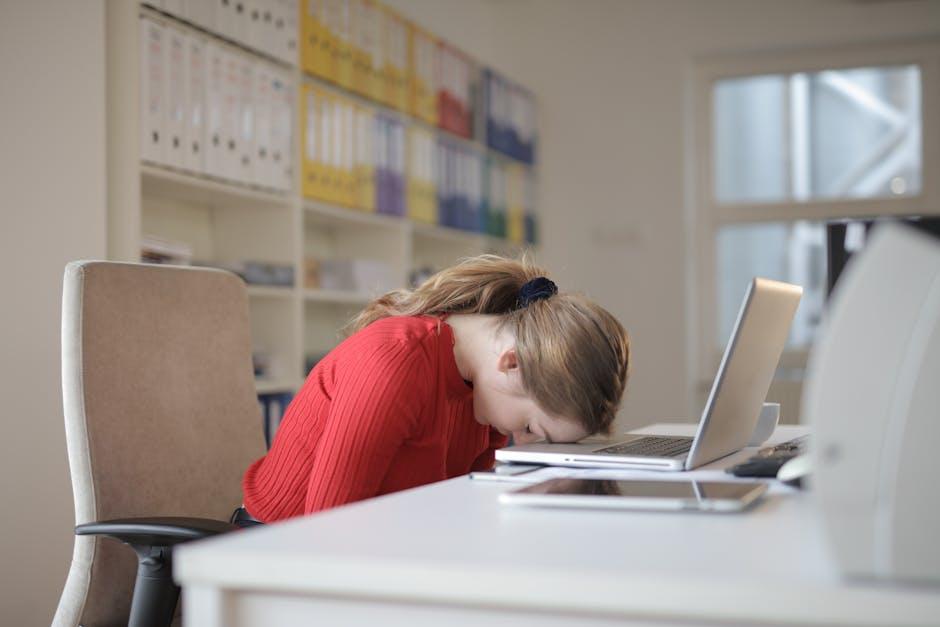In the quiet embrace of the night, as the world drifts into slumber, a hidden struggle unfolds for millions: the battle against sleep apnea and snoring. Thes nocturnal nuisances not only rob individuals of restful nights but also compromise overall health and well-being. With advances in technology, however, a new wave of devices has emerged, designed to illuminate the mysteries of our sleep patterns and respiratory health. Whether you’re a restless sleeper, a concerned partner, or simply curious about the state of your nightly rest, understanding and addressing these issues has never been more accessible. In this article, we will explore the best devices available for detecting sleep apnea and snoring, empowering you to take the frist steps toward a healthier, more restorative sleep experience.
Innovative Sleep Apnea Detection Technologies
The landscape of sleep apnea detection is rapidly evolving with cutting-edge technologies that enhance accuracy and user-friendliness. From wearable devices to smartphone applications, these innovations allow for seamless monitoring of sleep patterns. Some of the most intriguing advancements include:
- Smartwatches and fitness trackers: Equipped with sensors that track heart rate and oxygen levels, these devices provide valuable insights into sleep quality.
- Portable sleep monitors: Compact and easy to use, these monitors can be placed under your mattress to record movements and breathing disturbances.
- Mobile apps: Harnessing the power of smartphone sensors, some apps offer the ability to monitor snoring and other sleep-related anomalies, providing real-time feedback and recommendations.
<div class="wp-block-groupinner-container”>
In addition to wearable devices,smart home technologies are stepping into the realm of sleep apnea detection. Utilizing AI and machine learning, these systems can analyze sleep habitat factors to identify potential triggers for disturbances. As a notable example,consider the following innovations:
| Device Type | Features |
|---|---|
| Smart Pillow | Adjusts firmness and angle,monitors sleep position |
| Ambient Sleep Sensors | Tracks light,noise,and air quality impacting sleep |
| Voice-Activated Assistants | Encourages relaxation and tracks sleep patterns via voice commands |








